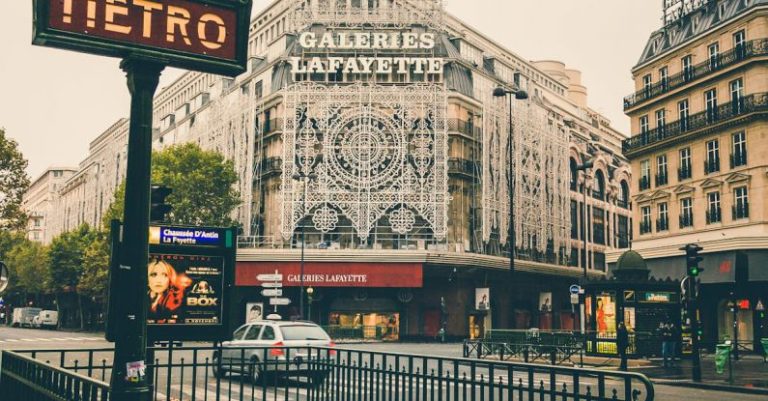Blending Function and Form: Composites in Contemporary Architecture
In the ever-evolving world of architecture, the quest to seamlessly blend functionality with aesthetics has led to the flourishing use of composites in contemporary design. Composites, a material made up of two or more constituent materials with significantly different physical or chemical properties, have revolutionized the construction industry. From renowned skyscrapers to innovative public spaces, architects are increasingly turning to composites to push the boundaries of design possibilities.
The Rise of Composites in Architecture
Composites have gained popularity in architecture due to their exceptional strength-to-weight ratio, durability, and versatility. As architects strive to create structures that are not only visually striking but also sustainable and efficient, composites offer a solution that meets these demands. By combining materials such as fiberglass, carbon fiber, and resins, architects can achieve structures that are both lightweight and durable, allowing for greater flexibility in design.
Enhancing Structural Integrity
One of the key advantages of using composites in architecture is their ability to enhance structural integrity. Traditional building materials, such as concrete and steel, have limitations in terms of shape and size. Composites, on the other hand, can be molded into virtually any form, allowing architects to create complex and innovative structures that were once thought impossible. The use of composites also reduces the need for internal support structures, resulting in more open and spacious interiors.
Pushing the Boundaries of Design
Composites have opened up a world of possibilities for architects, enabling them to push the boundaries of design and create structures that are both functional and visually captivating. From curvilinear facades to intricate geometric patterns, composites allow architects to experiment with shapes and forms that were previously unattainable. This freedom of design has led to the creation of some of the most iconic buildings of our time, challenging the traditional notions of architecture and inspiring future generations of designers.
Sustainability and Environmental Benefits
In addition to their aesthetic and structural advantages, composites also offer environmental benefits that make them an attractive choice for sustainable architecture. Composites are highly durable and resistant to corrosion, reducing the need for frequent maintenance and repairs. Furthermore, the lightweight nature of composites means that less energy is required for transportation and installation, resulting in a lower carbon footprint compared to traditional building materials.
Case Studies: Iconic Structures
Several iconic structures around the world showcase the innovative use of composites in architecture. The Burj Al Arab in Dubai, often referred to as the “sail-shaped” hotel, features a composite facade that not only enhances its visual appeal but also provides structural support against the harsh desert climate. The Eden Project in the UK, with its iconic biomes made of ETFE (ethylene tetrafluoroethylene) cushions, demonstrates the versatility of composites in creating sustainable and visually stunning structures.
The Future of Composites in Architecture
As technology continues to advance and sustainable practices become increasingly important, the use of composites in architecture is expected to grow. Architects are constantly exploring new ways to integrate composites into their designs, whether through 3D printing techniques or the development of bio-based composites. With their ability to combine functionality and form in innovative ways, composites are set to play a crucial role in shaping the future of architecture.
In conclusion, the integration of composites in contemporary architecture represents a paradigm shift in the way buildings are designed and constructed. By harnessing the unique properties of composites, architects are able to create structures that not only meet the practical needs of occupants but also inspire and delight the senses. As the boundaries of design continue to be pushed, composites stand at the forefront of architectural innovation, paving the way for a more sustainable and visually exciting built environment.






